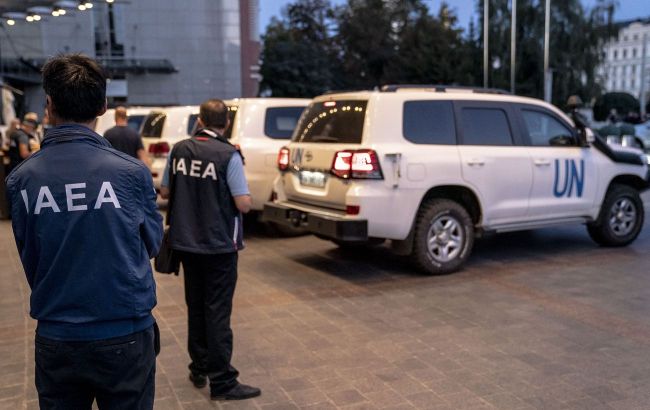Syria suspected of nuclear reactor after IAEA discovers uranium remnants
 IAEA specialists (Illustrative photo: Getty Images)
IAEA specialists (Illustrative photo: Getty Images)
Specialists from the International Atomic Energy Agency (IAEA) detected traces of uranium in the Deir al-Zor site of Syria, where Israel destroyed a building in 2007, according to Reuters.
The report states that at one of the three investigated sites, many particles of naturally occurring uranium, which had been processed by humans, were found. Natural means that the uranium was not enriched.
However, the report does not specify what this material was used for.
The IAEA reminded that as early as 2011, it had speculated that the building in Deir al-Zor was very likely a secretly constructed reactor, about which the Syrian authorities should have informed the international organization. Updated studies conducted last year allowed the agency to take environmental samples related to the site for further analysis.
The current report notes that the present Syrian authorities do not have information that could explain the presence of uranium particles. At the same time, the government led by Ahmed al-Sharaa granted the IAEA access to the site in June this year for additional samples and cooperation as part of the investigation into Syria’s past nuclear activities.
IAEA Director General Rafael Grossi, during a meeting with the Syrian president, agreed on continuing the analysis, accessing relevant documentation, and consulting with those involved in the project. The agency plans to visit Deir al-Zor and assess the new results, after which it will be possible to finally clarify issues regarding safeguards and the country’s past nuclear activities.
The finding underscores the complexity of controlling nuclear materials in the region and highlights unresolved questions about Syria’s secret programs.
For reference, China considers the US and Russia’s demands to join negotiations on nuclear disarmament unreasonable and unrealistic.
Earlier, RBC-Ukraine reported that Russia wants to update its nuclear program due to threats to its existence.

